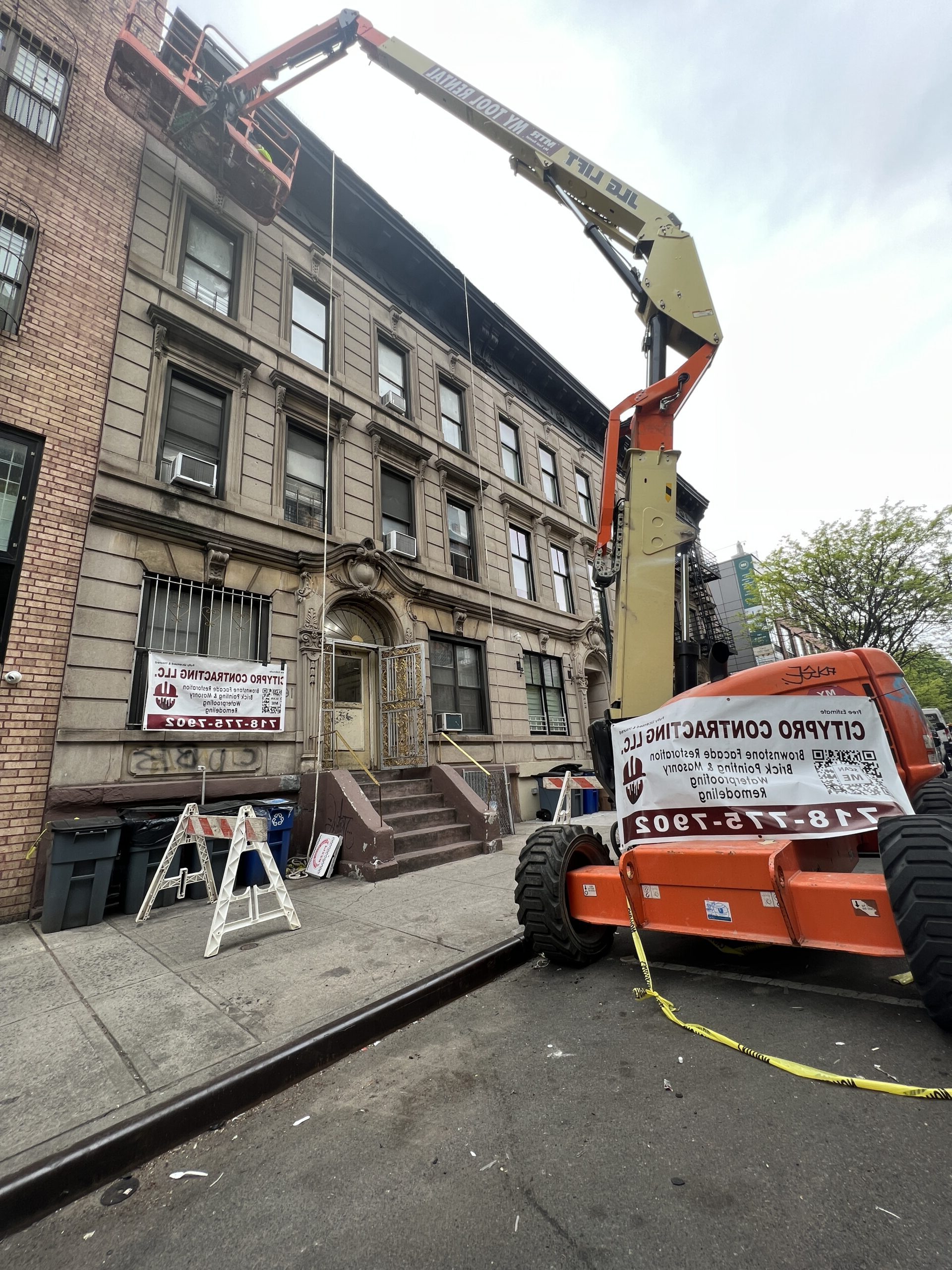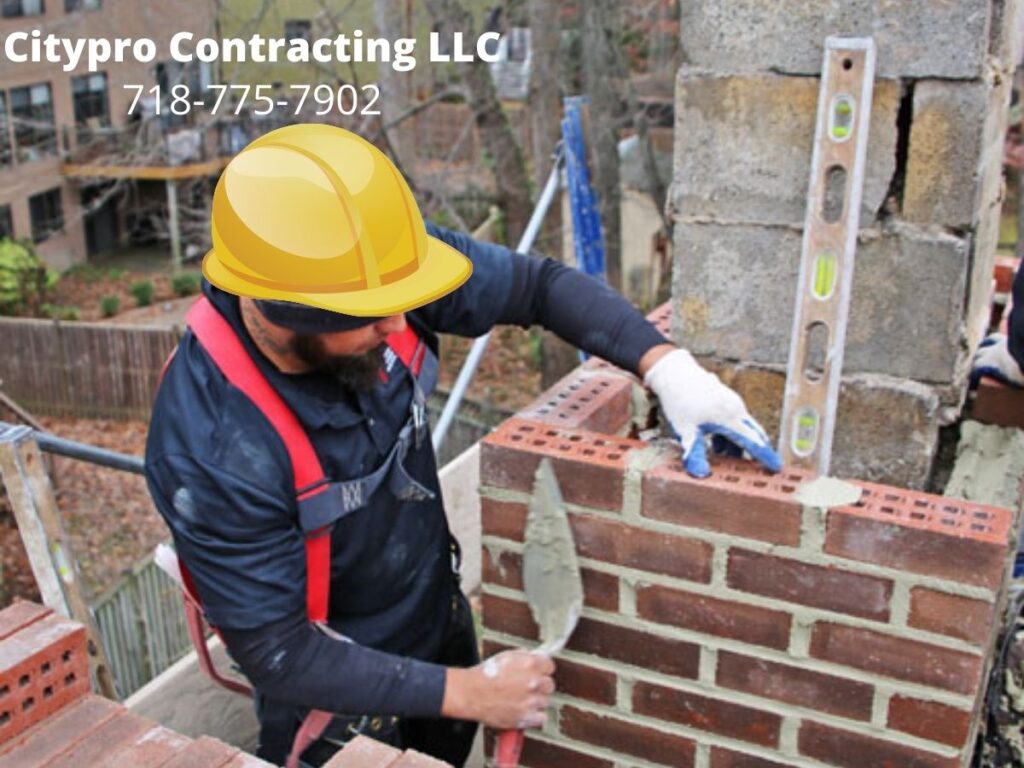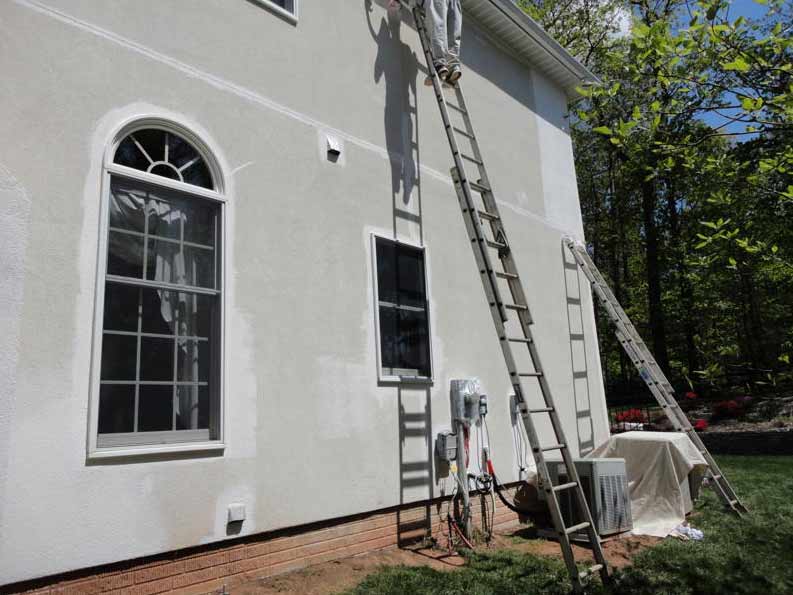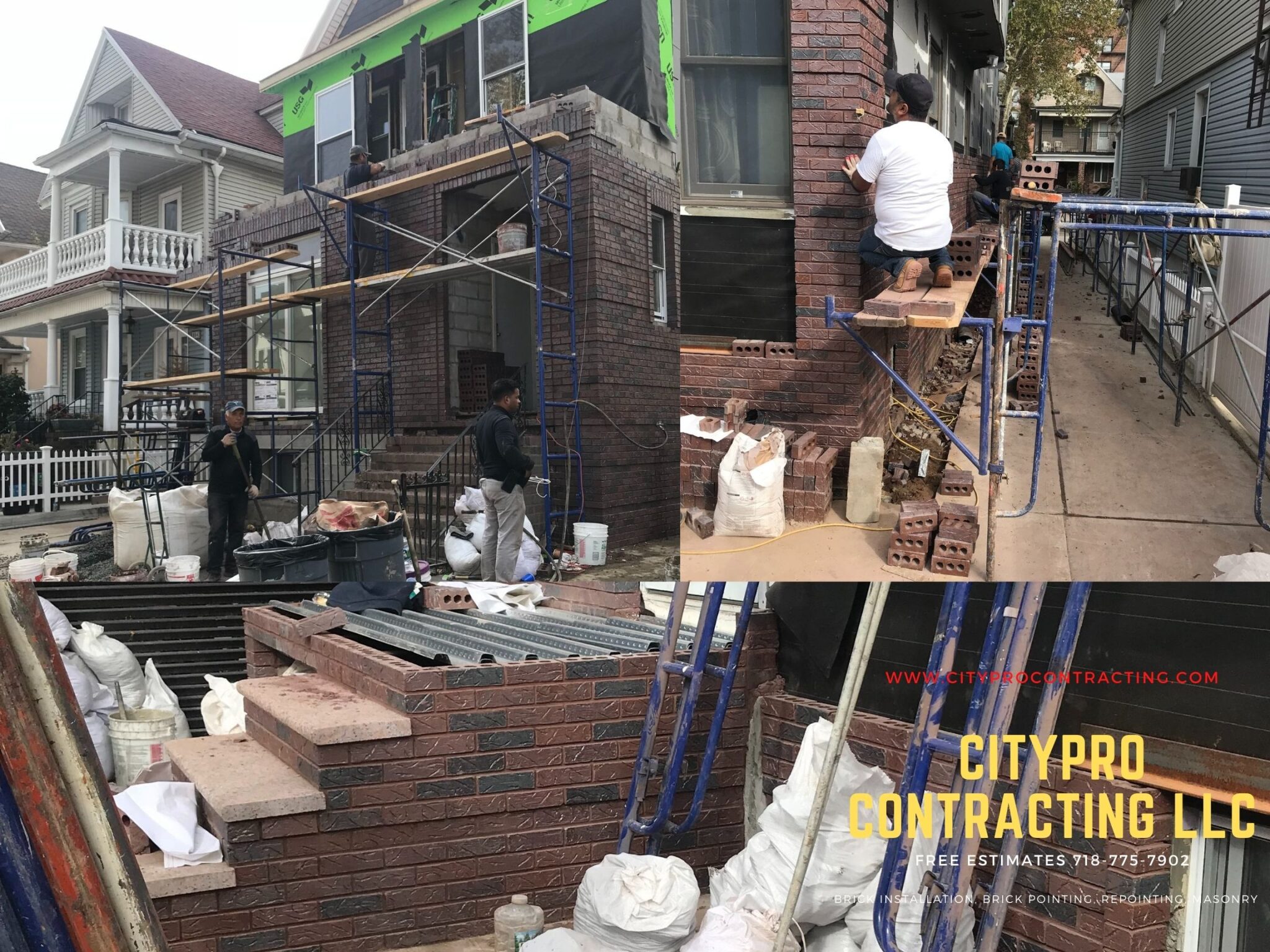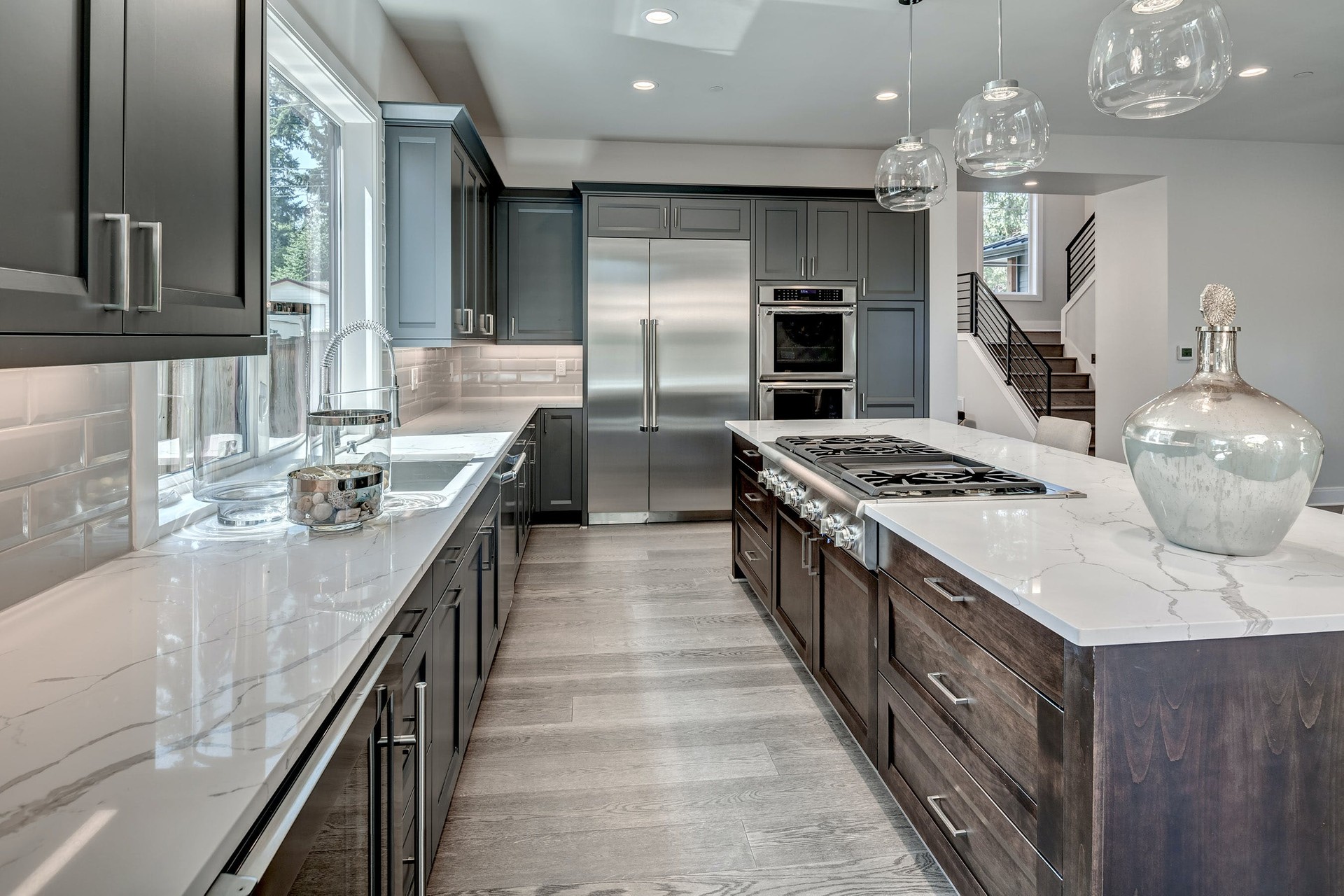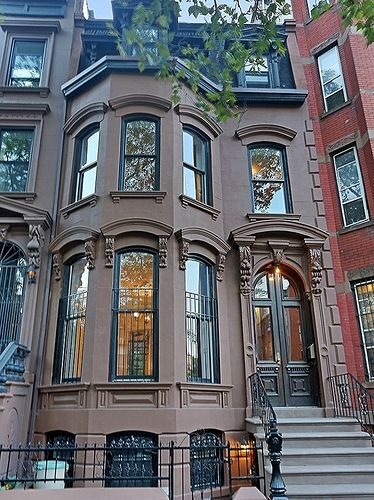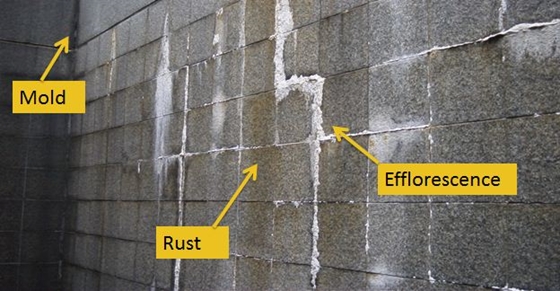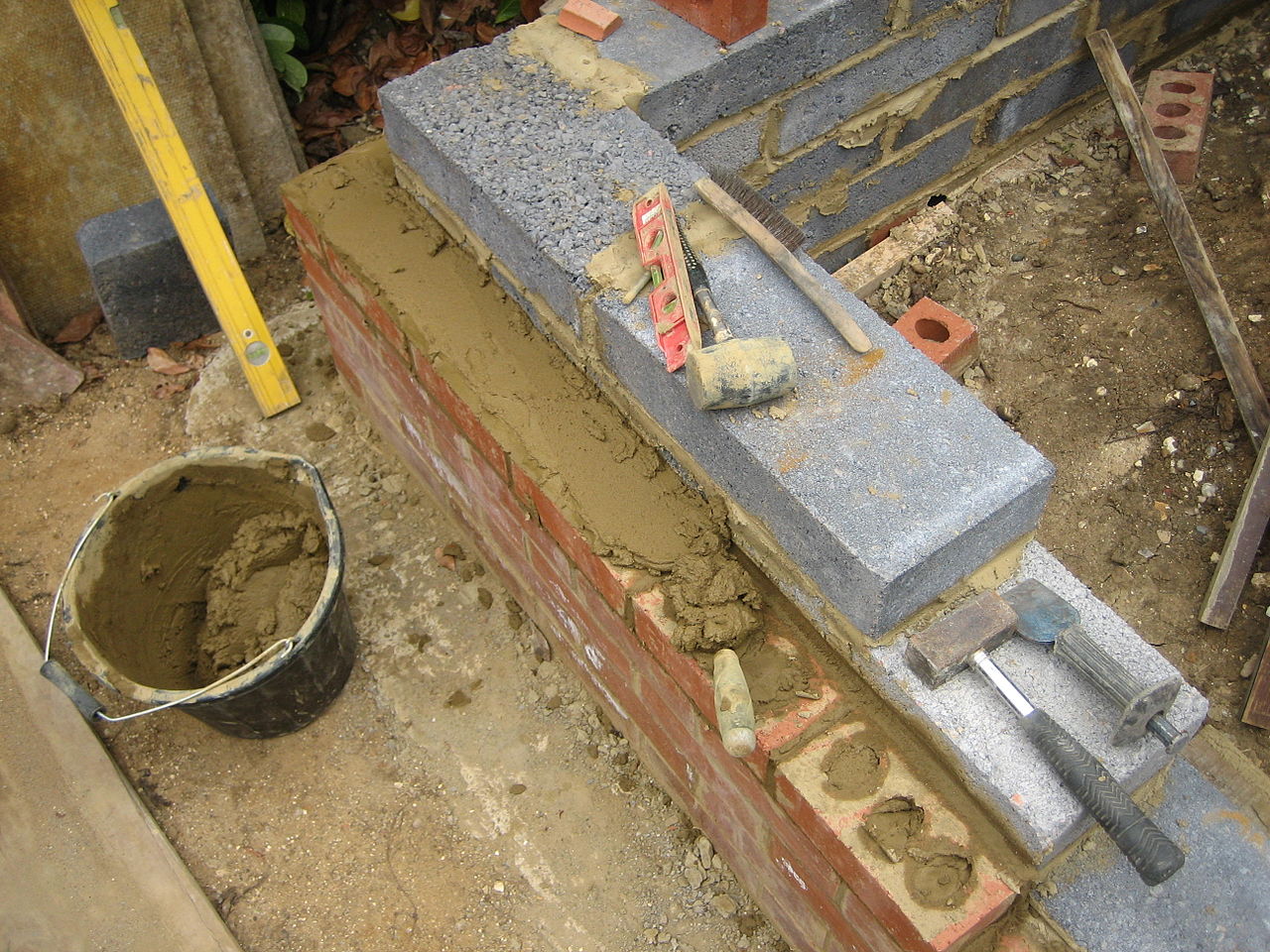Crumbling mortar, if not fixed, allows water to seep in between the bricks, causing them to swell and crack and become waterproofing issue. remove the mortar to a depth of about 1/2 inch. Use a whisk broom, wire brush or hose to remove all the dust and wear a respirator to keep debris out of your lungs. Wash brick wall to a good soaking with a water hose and wait 24hrs to reset. This will ensure that the bricks and old mortar are hydrated and that they don’t suck the water out of the new mortar you’ll place between them the next day. When you are ready to put in the new mortar, lightly spritz the bricks one more time before beginning. Get some mortar on a large trowel and then start using a pointing trowel, work smaller amounts into the horizontal and vertical gaps between the bricks. You might find it easier to fill the vertical joints with a tool known as a margin trowel. Use the flat edge of the trowel to even out your work and scrape off any mortar you get on the face of the bricks. Let the mortar secure for an hour until the mortar has hardened a bit, then scrape off any mortar that’s remained on the brick face. You can do this with a sturdy wire brush, but be sure to use a horizontal sweeping motion so as to not pull the new mortar out of the joints. For the next three to four days, give the wall a daily misting to allow the mortar to dry slowly and not crack. All in all, it’s a tedious, detailed job and you may find yourself huffing and puffing during it, but you’ll soon be satisfied that nobody and nothing will be blowing your brick house down anytime soon
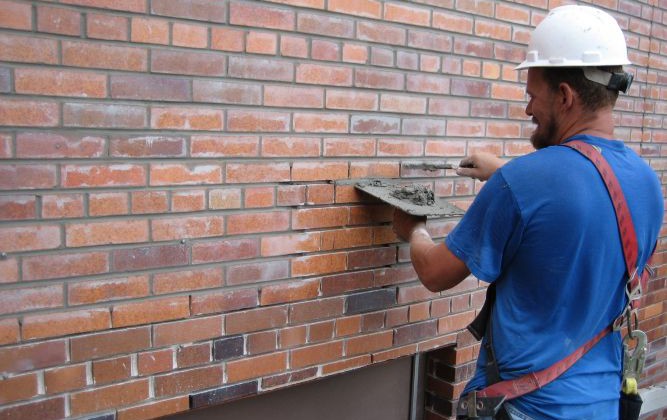
You’ll want to remove the mortar to a depth of about 1/2 inch. Use a whisk broom, wire brush or hose to remove all the dust and wear a respirator to keep debris out of your lungs
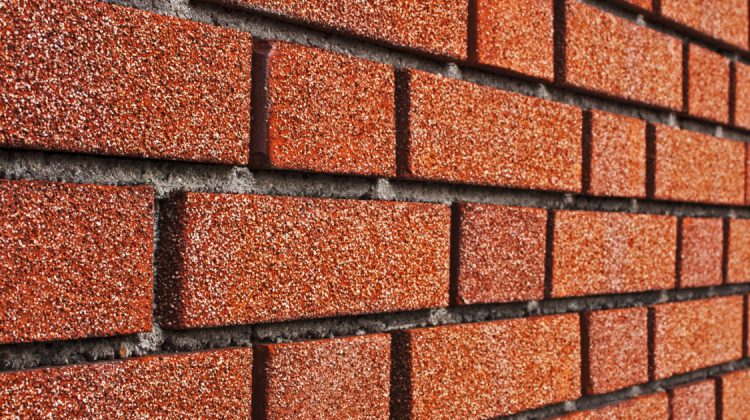
rumbling mortar, if not fixed, allows water to seep in between the bricks, causing them to swell and crack and become generally blow-downable.

